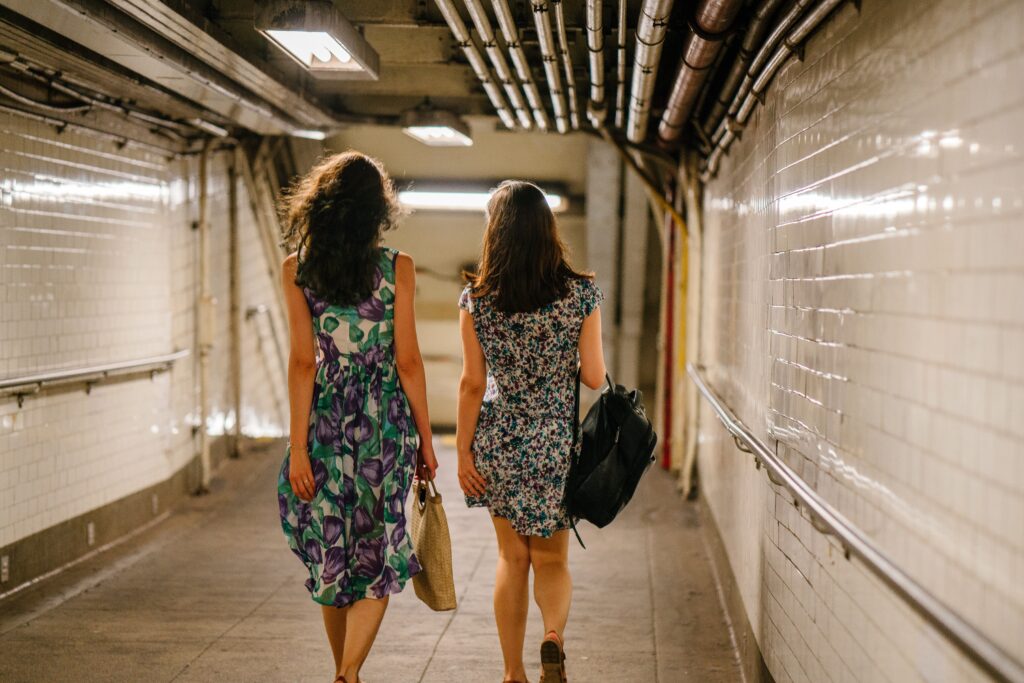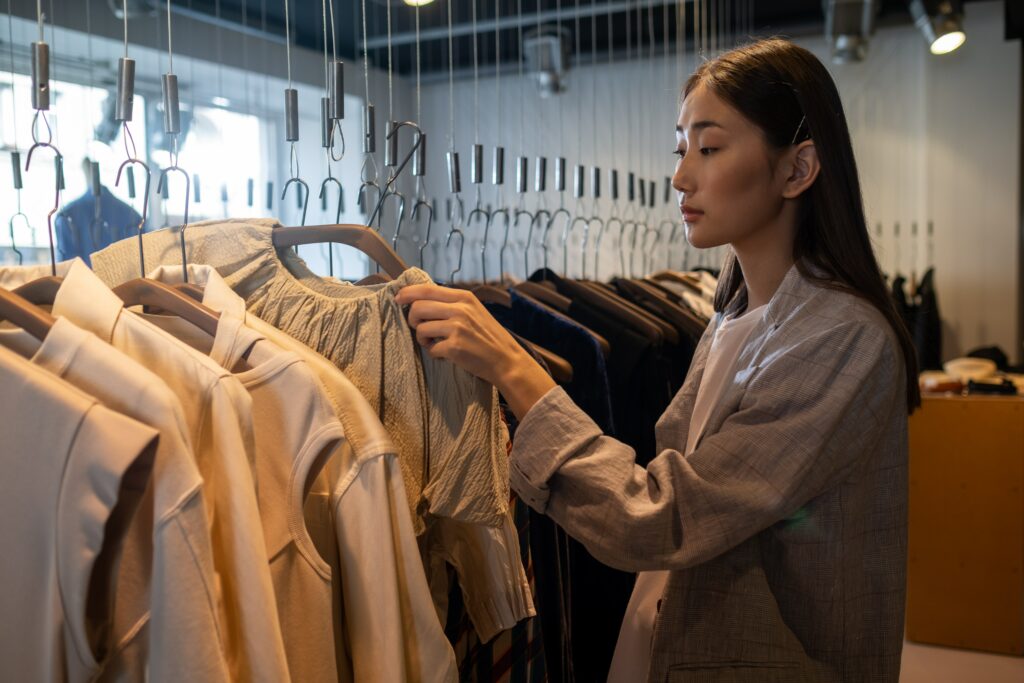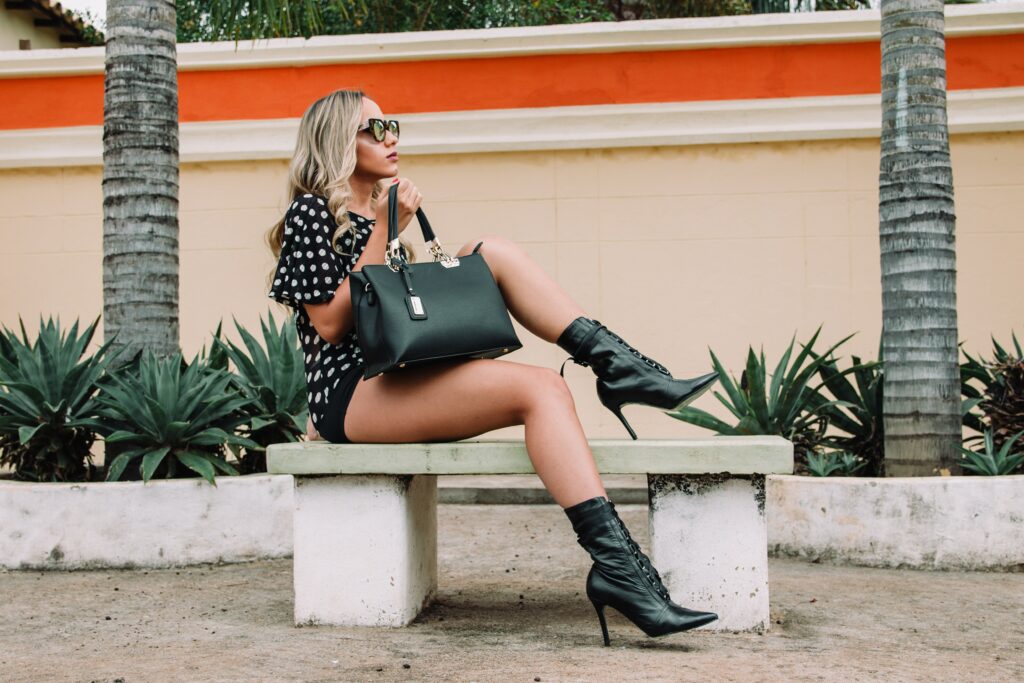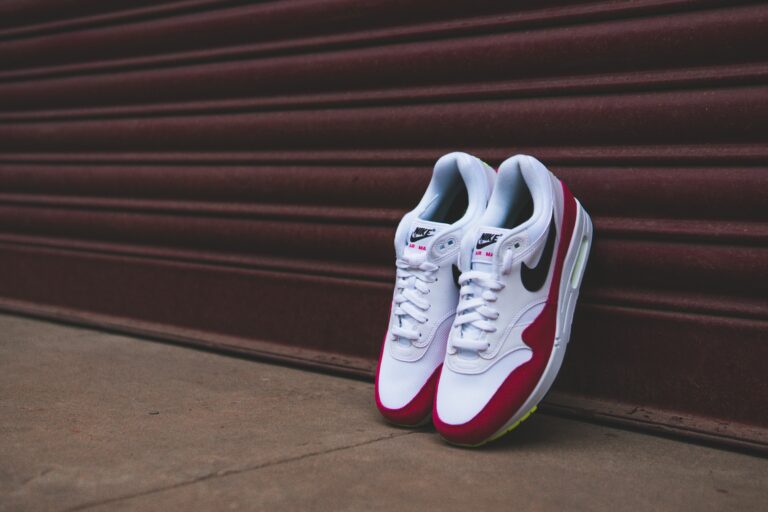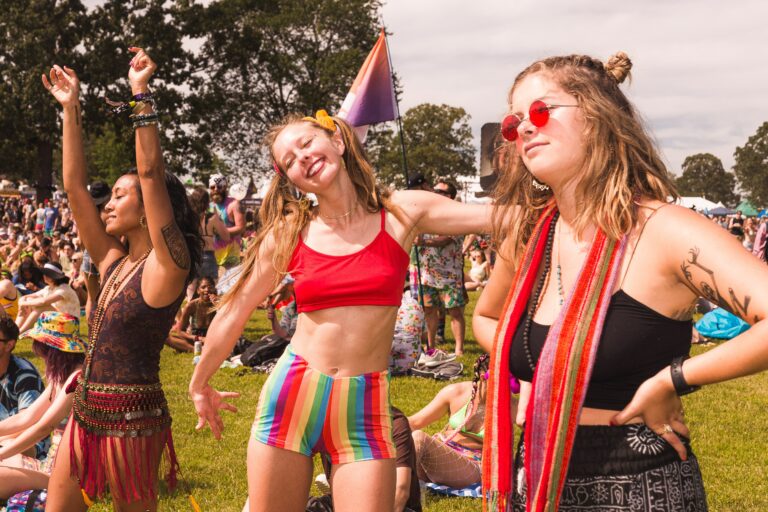Sustainable Fashion – What Does It Mean?

Introduction: What is Sustainable Fashion?
Sustainable fashion is a fashion trend that is focused on minimising the environmental impact of the clothing industry. As a result, sustainable fashion has become a popular choice for many consumers who are looking for ways to make their wardrobes more environmentally friendly.
Sustainable fashion aims to reduce the negative impacts that the clothing industry has on our planet. To do this, designers and retailers must be aware of where their materials come from, how they are being manufactured and what happens at the end of their product’s life cycle.
Most consumers of the younger generation tend to wear clothing only a couple of times before throwing it away or reselling it. This is something the fashion industry hadn’t accounted for many years ago as clothing was valued a lot more.
Fast Fashion vs Sustainable Fashion
Fast fashion is a type of clothing that is made quickly and cheaply to be sold at a low price. The reason why this industry became popular is because of the low prices and the availability of these clothes in stores and mainly online.
The popularity of fast fashion has increased due to the rise in social media influencers’ fame posting pictures of these clothing items looking glamorous. This led to many young women wanting to wear these brands because they were popular on social media.
It’s become a multi-billion pound industry with influencers such as Molly-Mae Hague working with the ladies’ fashion giant Pretty Little Thing (PLT). These fashion companies are now having to reevaluate their business models and focus on production which contributes to ethical and sustainable fashion or risk being under further pressure in the media and the public.

The Greenwashing Issue
Greenwashing occurs when a company claims to do something positive for the environment and is unable to. According to Wikipedia, greenwashing or green lustre is an advertising spin that is deceptively employed by an organisation to convince its consumers that its products, strategies and aims are environmentally friendly.
Generally, greenwashing is achieved through fraudulent certifying procedures. Certifications are designed to increase trust between shoppers and retailers. However for a corporation to obtain such certification it is often enough to manufacture only t-shirts from organic fabrics but the rest of the product ranges are still produced using the same clothing production methods.
In recent years brands such as Zara and Primark have been accused of Greenwashing due to claims of their eco-friendly production for a specific range of clothing using organic cotton or recycled wool but their larger-scale operations are far from being classed as ethical fashion production.


What makes a fashion brand sustainable?
The fashion industry is one of the most polluting industries in the world. It is estimated that 15% of all greenhouse gas emissions come from the fashion industry. This is largely due to the production of textiles, which accounts for 40% of all water pollution and 10% of global chemical pollution.
A sustainable clothing brand is one that maintains a balance between its environmental challenges and social impact. It uses natural materials, has an ethical production process, and is environmentally friendly.
A sustainable clothing brand should be environmentally friendly in its production process. This involves using natural materials such as organic cotton, hemp, and silk to minimise the use of chemicals during the manufacturing process.
This will reduce the pollution created by the manufacturing process itself which tends to be the most offending part of the production. The company should also work to reduce their carbon footprint as much as possible by reducing its energy consumption and recycling waste products efficiently. Furthermore, the conditions and pay contribution toward workers have to be at the forefront of the whole operation too.
A company can also be socially sustainable by giving back to the community through charitable donations or volunteering opportunities for employees or donating excess inventory to charity. It is evident that fashion brands are under extreme pressure to focus on the environmental concerns by which we are surrounded, daily.
The 5 Different Kinds of Sustainable Fashion that Will Influence the Future of Retail
Sustainable fashion is a movement that’s been gaining traction over the past few years. It’s about creating clothing that is not only stylish but also environmentally friendly and ethical. There are five different kinds of sustainable fashion that will influence the future of retail. These are:
Rental & Swapping – Something which is never considered my most is renting clothing and swapping clothing with family and friends. You may look towards renting a suit or dress for a special event or wedding but have you ever considered day-to-day, regular clothing? Many frowns upon the thought of this but there are perks to it similar to leasing a vehicle, for example. You keep refreshing items to something new/different at set intervals after trading them in. Companies such as Hurr founded in 2018 do just that.
Second-hand – Thankfully trading apps such as Vinted, Depop and the E-commerce giant eBay are heavily influencing reselling clothing and accessories to a wider audience and are proving to be extremely popular methods for contributing to the environmental footprint whilst earning cash in return. We can only see this going one way and this is up!
Old Vintage Clothing – The vintage look has always been around but seems to be increasing in popularity once again. Apart from the fact the old-school look if done right can look cool and iconic, it’s also far less polluting than making new clothing as the clothing was manufactured some time ago and is still being worn, today.
Recycling – Charity donations via shops and clothes banks should never be overlooked for those items that are lower in value or have no sentimental value to you. You’re also contributing to a great cause by helping others less fortunate and putting a stop to clothing ending up in landfill when tossed out into the rubbish.
Slow Fashion – The meaning of thoughtful design and production methods considering aspects such as global cotton production, material waste, recycling approach, and ethical treatment of workers. Similar to the term eco-friendly whereby you purchase from sustainable brands and ethical brands with proven track records of their mission and values rather than attempting to greenwash. Essentially the opposite of fast fashion production with cheaper materials and low cost in mind.

The Sustainable Approach to Fast-Fashion Shopping
Fast fashion is still happening all around the world and it is not going anywhere any time soon. That said, there are some ways to make it more sustainable for your own contribution and morale.
Firstly, one of the best ways to shop fast fashion while still being sustainable is to buy fast fashion items that are on sale from other private sellers. You can find recommendations for resale platforms in the section above. This way you are contributing to other like-minded people who are doing their part by giving clothing a second life.
We understand it’s difficult to avoid cheaply made clothing that looks and feels top quality without the price tag if this is your choice of style and budgets are tight. After all, you’re not the one producing these clothes but considering how waste disposal methods tie you to the environmental impacts after ownership. This way you’re making a little change personally for the better of the textile industry.
Swapping, Sharing and Renting Fashion Trends
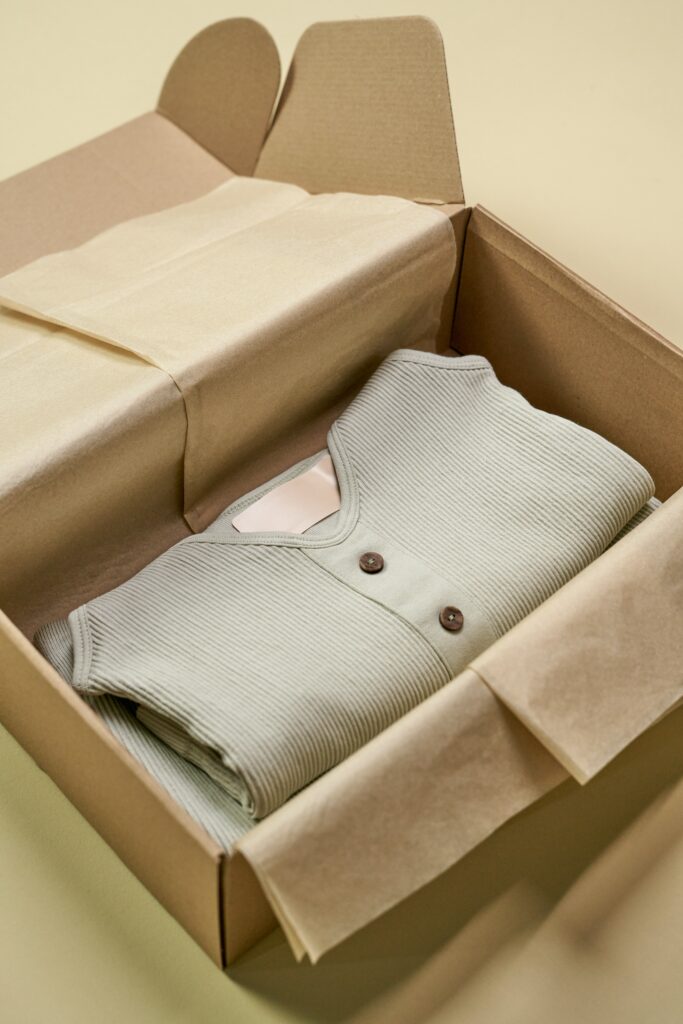
Secondhand fashion, clothing exchanges, and shared clothing reselling are excellent examples of positively impactful trends in the industry over the years.
Clothing and accessories available through charity stores and secondhand shops are the original forces supporting recycling campaigns and will be around for the foreseeable future. The principle is extremely simple.
The garment already exists and therefore has value to someone who may look to purchase something new which needs to be produced.
Exchanges and renting clothing have certainly found a new place in the market as we briefly touched on and are more readily available than they used to be.
We recommend giving them a try and seeing if this type of approach to sustainable fashion contributing works for you.
Organic & Fairtrade Clothing Production
Buying organic or fairtrade clothing can have a big impact on the environment, the people who make them, and your own health. Organic clothes are made from natural materials that are grown without harmful pesticides or fertilisers.
Fairtrade clothes are made by workers who earn a living wage and have safe working conditions. Plus benefits like maternity leave, pension contributions and other healthcare perks are expected in the UK but in other countries not so much.
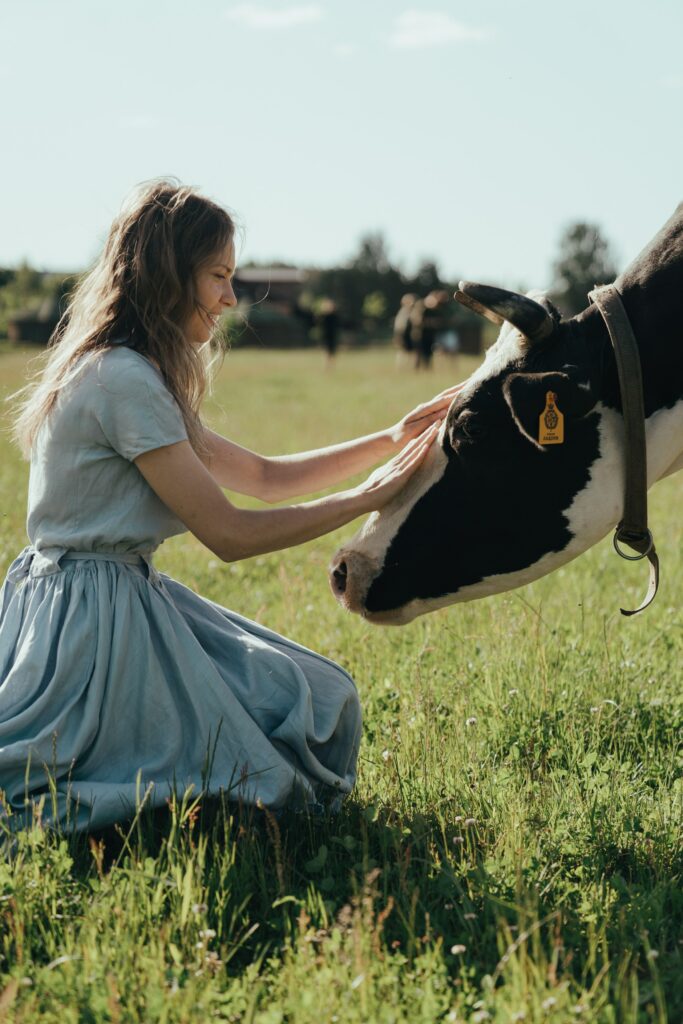
The Fairtrade Foundation helps workers, companies and farmers address the unfairness of free trade, which traditionally discriminates against the poorest.
Fairtrade ensures that cooperatives and disadvantaged farmers and workers in developing countries receive a guaranteed pre-determined price for their products.
Organic farmers are dedicated to keeping the soil, ecosystem and people healthy by adhering to strict standards. If a product is labelled as ‘organic’, it has been certified by an impartial organisation such as Soil Association.
One of the most important aspects of organic farming is that animals have access to outside pastures and are fed foods without GMOs (genetically modified organisms).
Why the Future of Fast Fashion Looks Brighter Than You Might Think
The future of sustainable fashion is uncertain right now but the important factor is that the majority of fashion brands are committed to improving for the better of the environment and economy.
Furthermore, a lot of the fast fashion clothing on sale is already sustainable and education is part of the ongoing social influence strategy for the big brands. The challenge faced is how to differentiate themselves to provide customers with relevant information about the quality and origin of their products.
At the end of the day, a consumer looks for style, price and delivery incentives more than anything so it’s going to take some time to re-evaluate the nature of how we’ve been subliminally trained to shop for fashion.
What you can do as an individual. Educate yourself on how retailers are changing the future revolution of sustainable clothing and how you can contribute by using a couple of tips found in this article.

